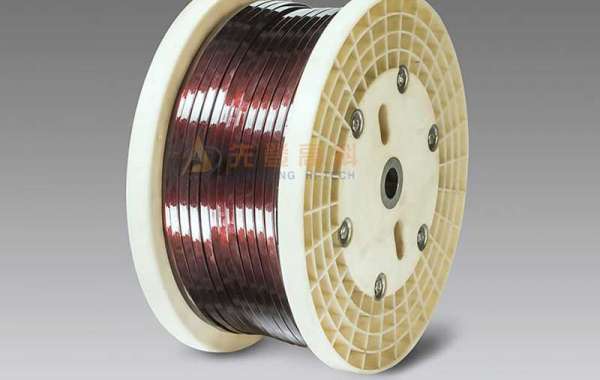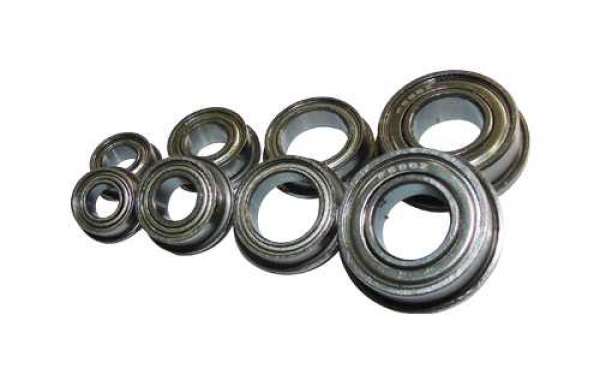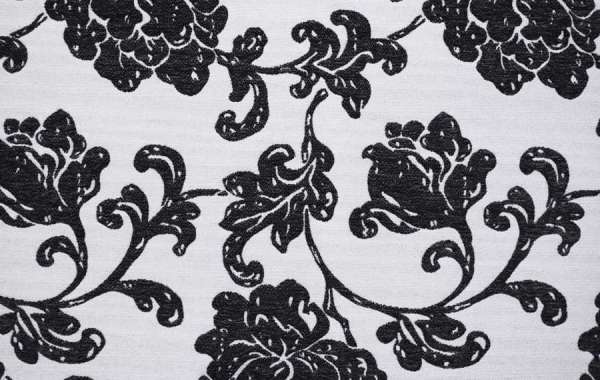Copper Clad Aluminum Wire (CCA)
Like most industries, the cabling industry will not change immediately. As new technologies emerge, they must prove their value over time before they can be accepted. For a long time, many professionals have been skeptical of copper-clad aluminum cables (CCA). However, new evidence proves that in some applications, CCA has obvious advantages over pure copper.
Take a close look at solid copper
For more than a century, solid copper has been the standard for many different wiring applications. Over the years, methods of insulating cables and connectors have changed and improved, but since the first wire system was used in the 1800s, the use of copper conductors has not changed. That's because copper is inherently highly conductive and low electrical resistance. But literally, this comes at a price. Copper is one of the most widely used metals today and the only metal commonly used as a conductor. This demand makes copper very expensive. The cost of copper may be three to four times that of aluminum.
Get all the advantages of copper at a lower price
Although copper-clad aluminum is not always the best solution, when installing communication cables, CCA allows the cable to take advantage of all the benefits that copper must provide, while maintaining a more affordable price tag and helping to protect the world's limited copper supply . CCA is made by bonding a layer of pure copper to an aluminum core. Although drawn our CCA obviously contains less copper than pure copper cables, but it provides almost the same conductivity, but slightly higher resistance. how can that be? It is related to an electrical phenomenon called the "skin effect".
Skin effect
The skin effect is the tendency of high frequency alternating current (the current used for data transmission in Cat5e and Cat6 cables) to be distributed in the conductor, so the current density near the conductor surface (or skin) is greater. As you go deeper into the conductor, the density decreases. Because the skin effect only occurs at high frequencies, it is best to use pure copper cables in all low frequency applications, such as your home power cord.
Skin effect
Due to the skin effect, you can use cheaper metals as the core and copper on the outer layer to achieve almost the same conductivity. A high-quality CCA is about finding a balance. Too much copper will waste material, and too little copper will reduce the efficiency and quality of the cable. Unfortunately, many cable manufacturers try to cut corners by using as little copper as possible. Most CCA cables use only 10% to 15% copper (by weight). This means that only about 60-65% of the current flows through the copper wires in these cables. Our CCA cat6 and cat5e cables use 24% copper by weight (close to twice the amount of copper), guaranteeing performance without paying high prices.
Find balance
Our society is progress. Good ideas and solutions are constantly being replaced by better ideas and solutions, especially when dealing with multiple factors and variables. In our highly competitive and rapidly changing environment, you need to strike a balance between performance, cost, and time. With high performance and reliability as well as lower installation costs and time, Sewell's high-quality CCA with more copper can help you find a balance.
copper magnet wire is also widely used in reality. Like cca, it is a magnet wire that is often used.
.








